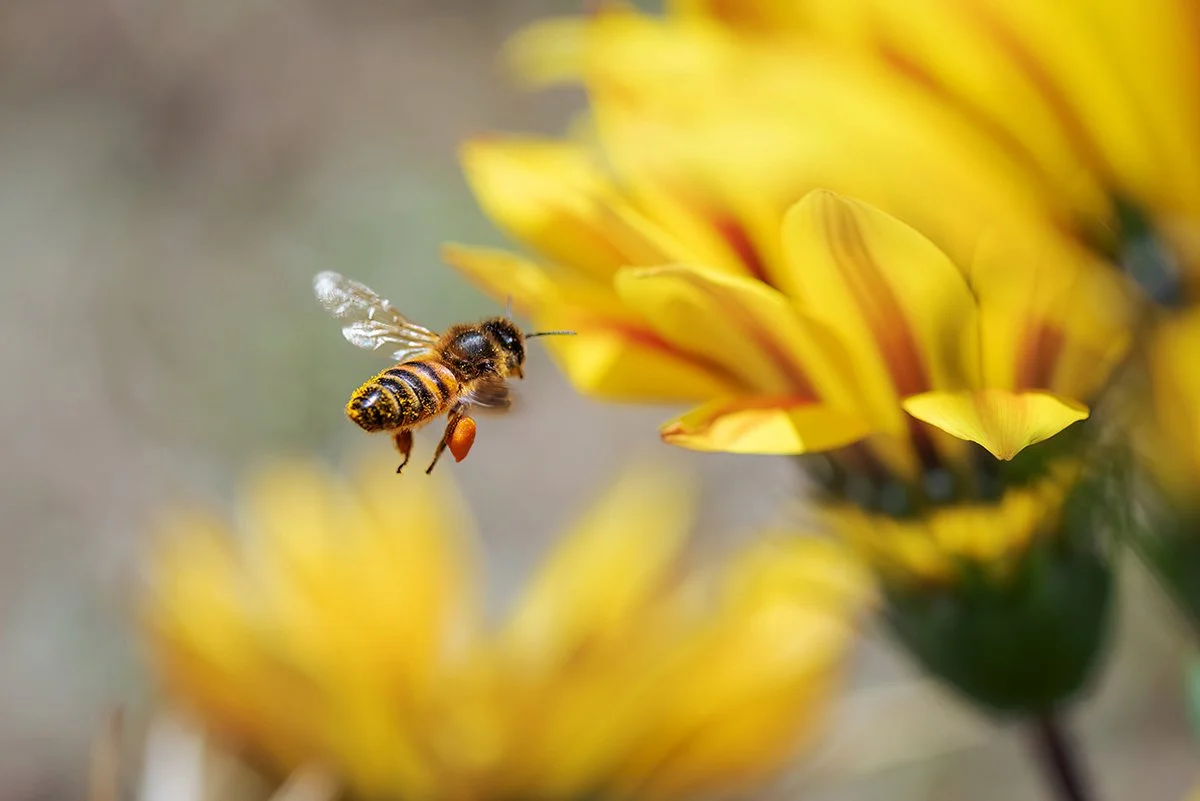Advancing research on RF-EMF exposure and its impact on human health and biodiversity
ETAIN is a Horizon Europe project dedicated to understanding the potential effects of radio-frequency electromagnetic fields (RF-EMF) on both people and the environment. By combining science with citizen engagement, ETAIN develops innovative tools to assess exposure levels and explore ways to reduce them.
Through close collaboration with citizens and key stakeholders, the project maps RF-EMF exposure across European cities and identifies associated risks. At the core of this effort is the ETAIN 5G Scientist app and Dose Calculator, which empower individuals to monitor and manage their personal exposure and contribute to a broader understanding of RF-EMF across Europe.
Our goals
-
Co-design and launch an open-access app and online portal that maps and visualises RF-EMF exposure levels across Europe, while informing users about their own exposure.
-
Develop and apply an Integrated Dose Model to help users understand their personal RF-EMF exposure more accurately.
-
Offer practical recommendations and test innovative techniques to reduce exposure.
-
Investigate the impact of RF-EMF on insect biodiversity, focusing on species critical to healthy ecosystems, and, by extension, to human wellbeing.
-
Assess long-term health effects in humans, with a focus on the skin and eyes as key biological targets.
-
Analyse the broader planetary health implications of 5G, and contribute to science-based policy and regulatory guidance.
-
Engage stakeholders throughout the process, ensuring their insights shape the project’s direction and outcomes.
-
Promote citizen science and open dialogue, through local labs, participatory methods, and targeted communication strategies to amplify impact and uptake.
Our methodology
To explore the effects of RF-EMF exposure on pollinators, human health, and the environment, ETAIN brings together multiple lines of research grounded in collaboration, innovation, and scientific rigour. Our approach includes:
Citizen science at the core:
Co-developing the 5G Scientist app and portal with citizens, empowering individuals to collect, access and visualise exposure data in real time.
Cutting-edge exposure reduction technologies:
Identifying and testing emerging solutions to help minimise RF-EMF exposure in everyday settings.
Biodiversity studies:
Examining how RF-EMF affects insects’ life, particularly social and solitary bees, which are essential to ecosystem stability and food security.
Health impact research:
Investigating the long-term effects of RF-EMF on human health, focusing on sensitive organs such as the skin and eyes.







